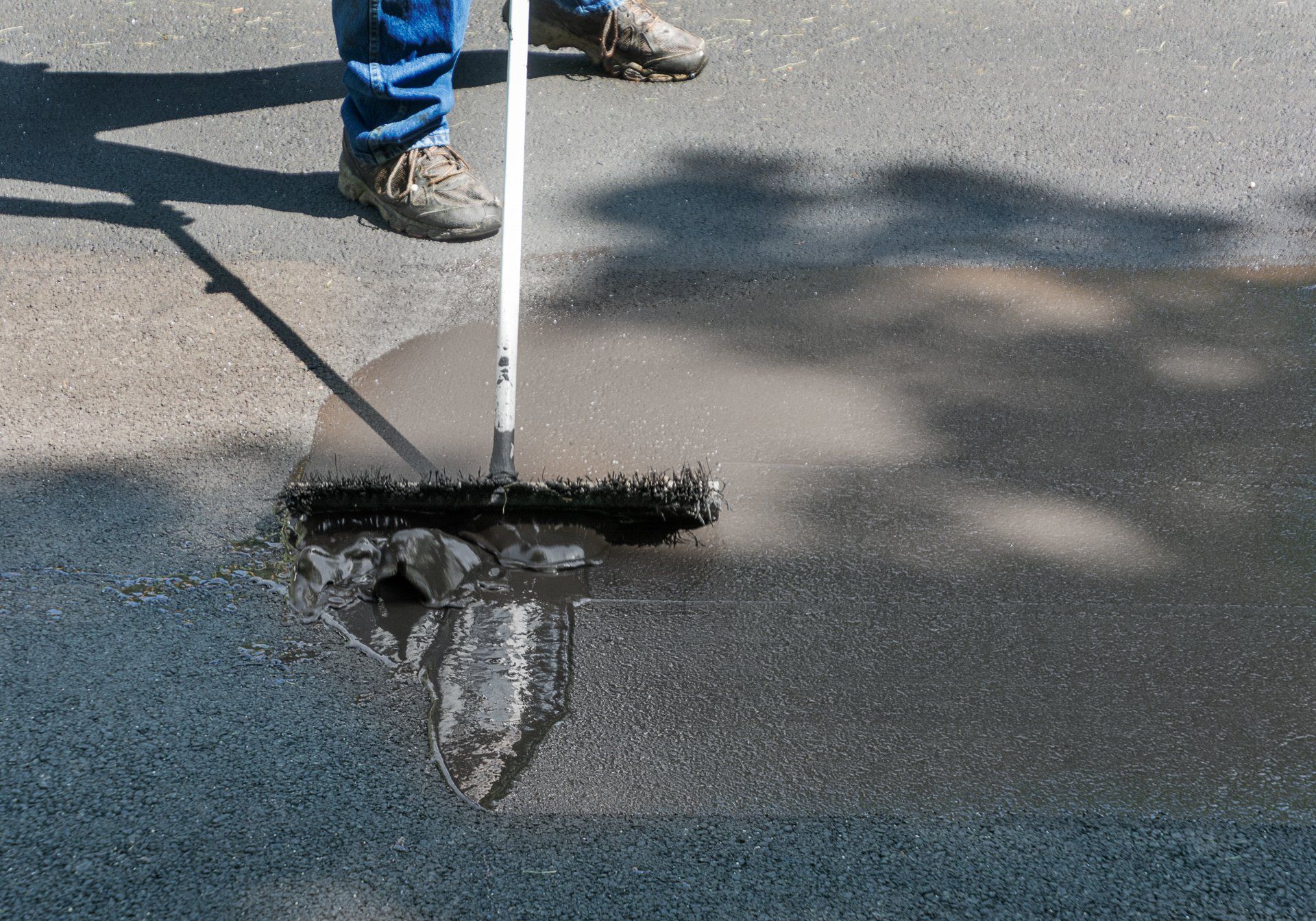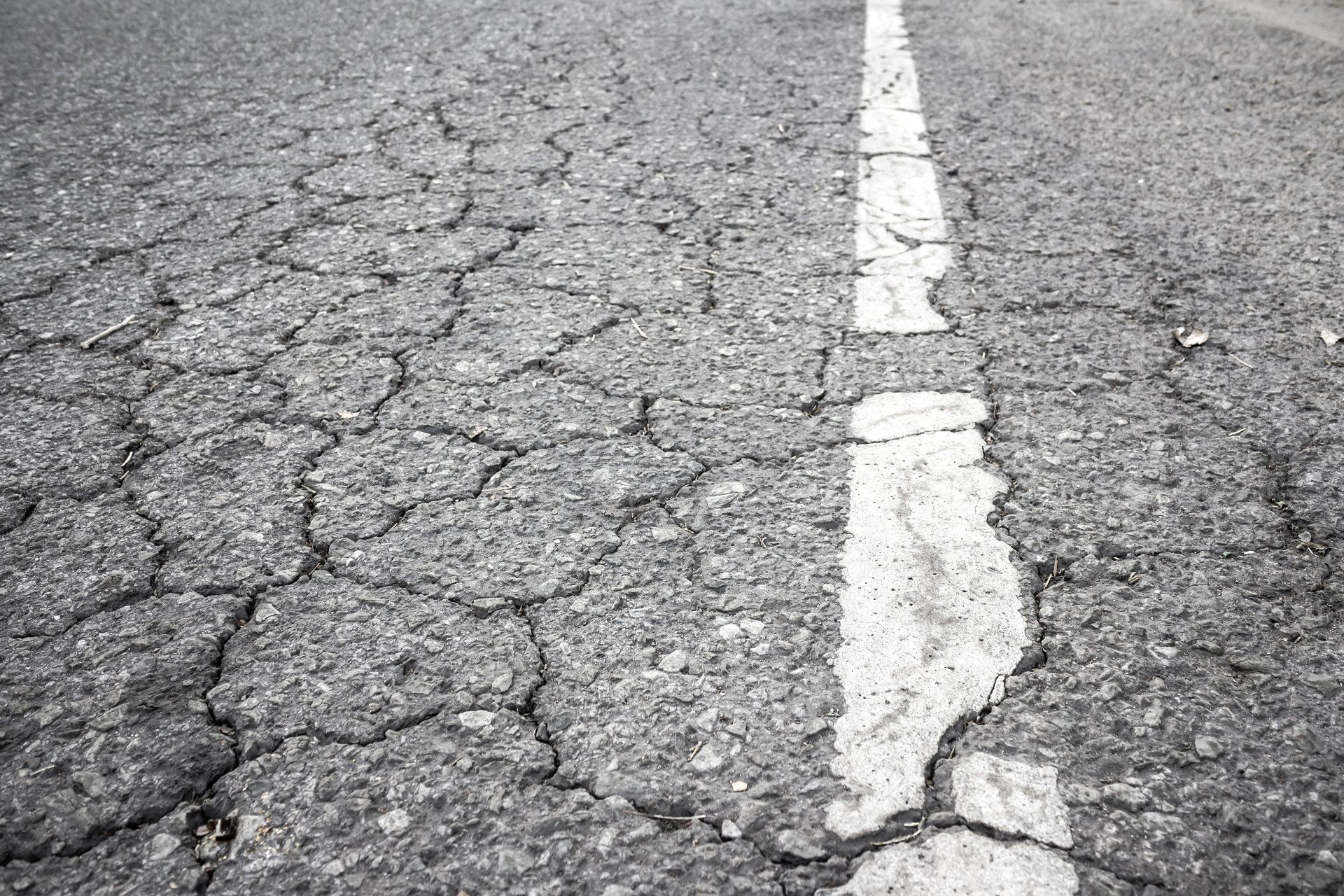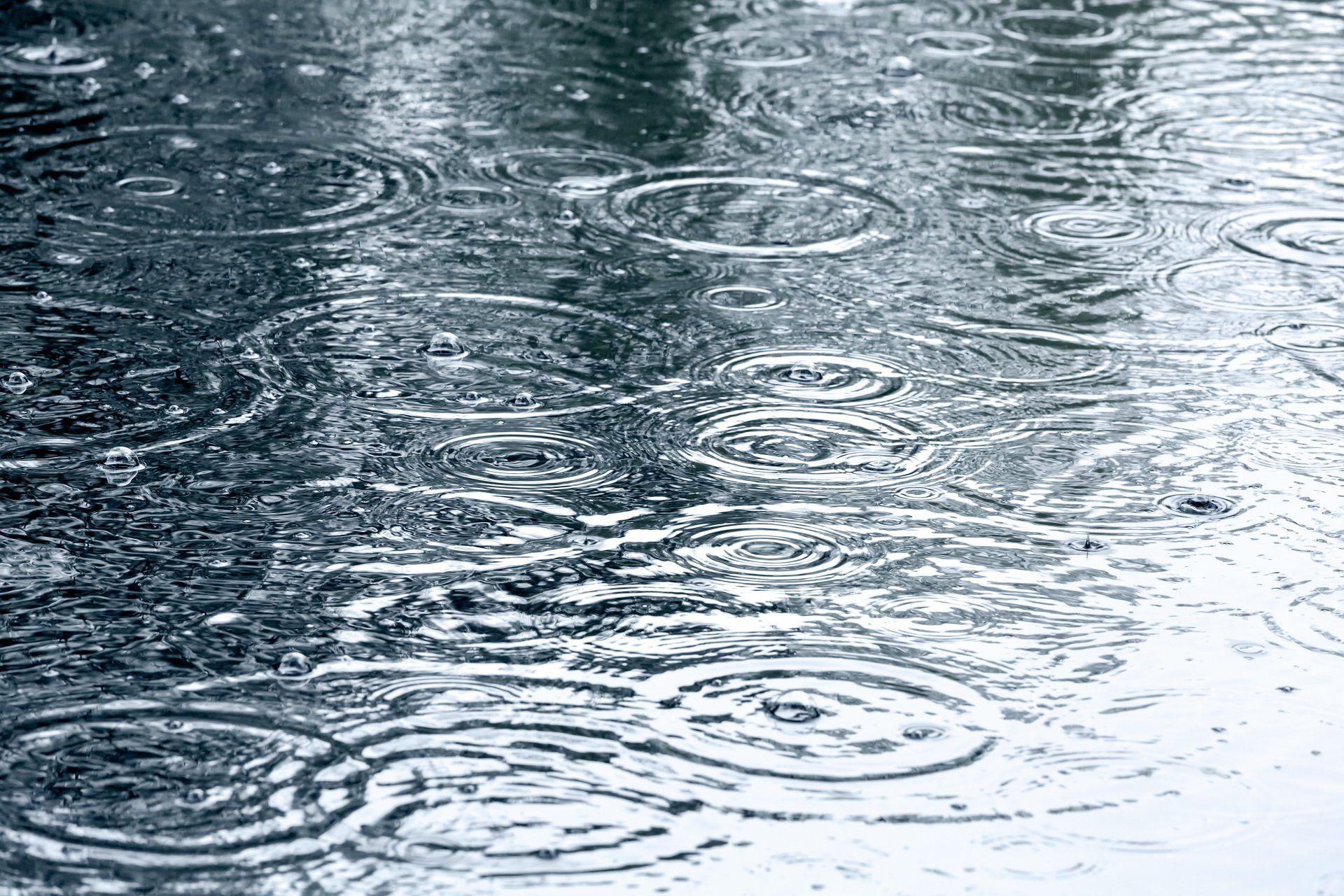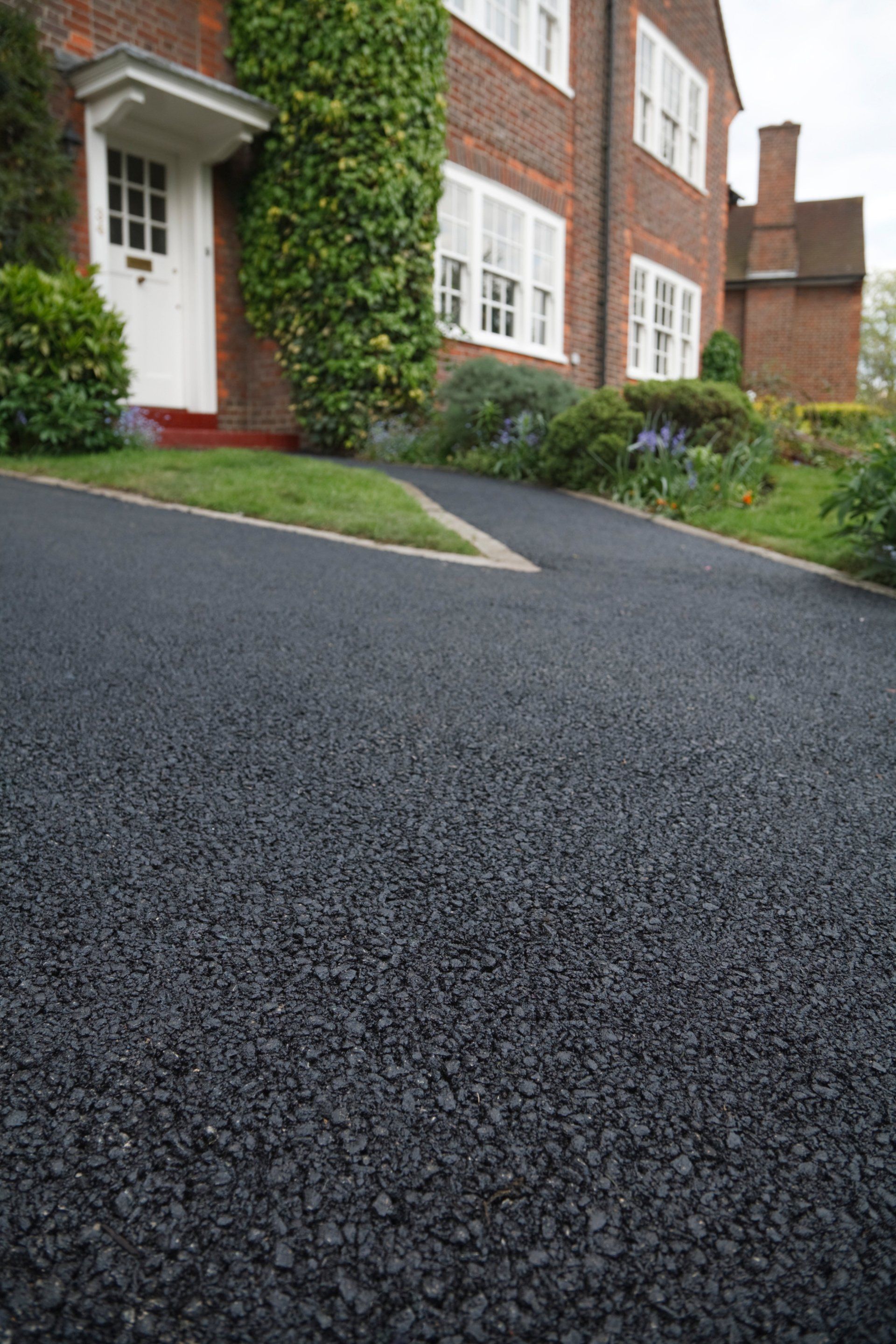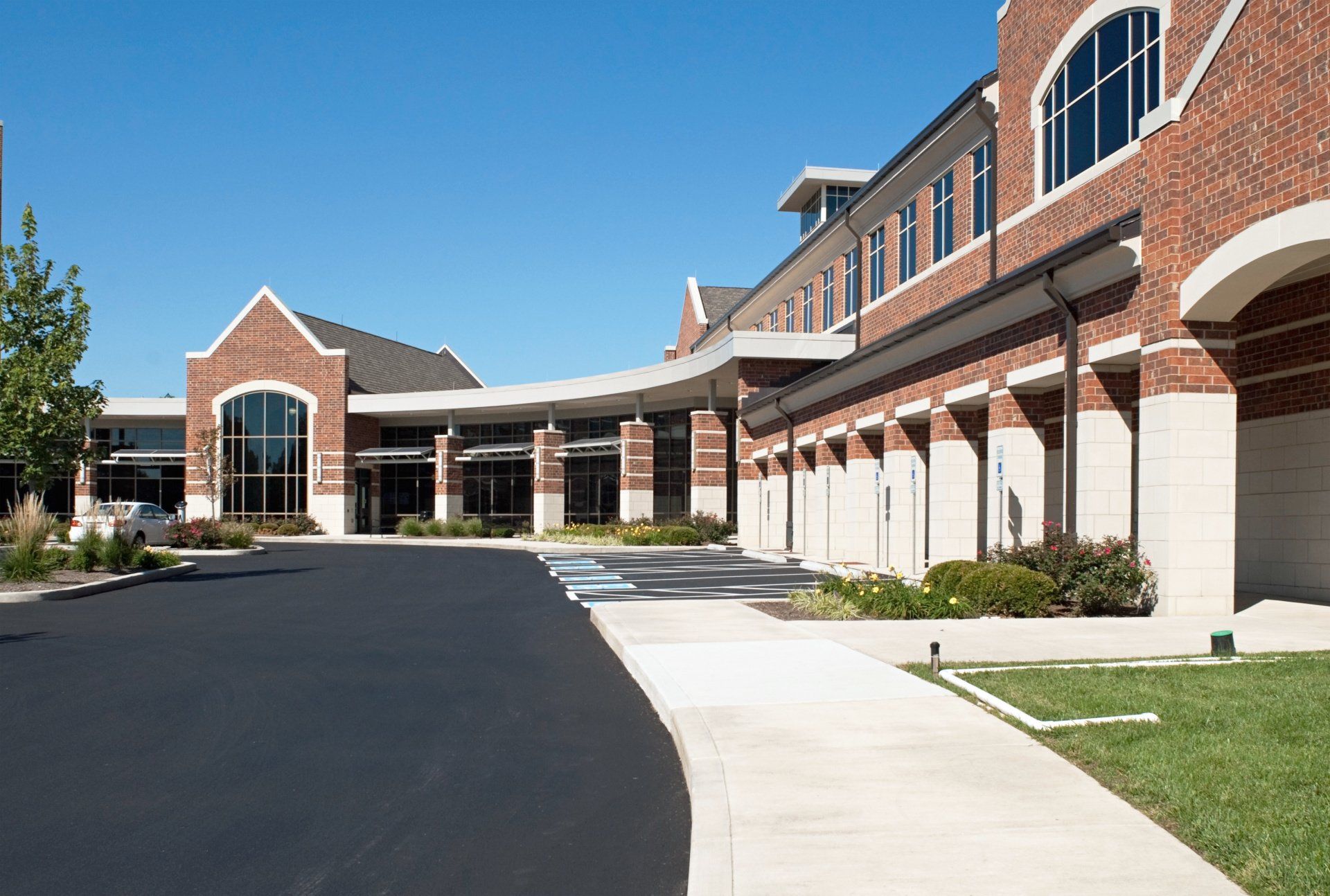By Dotcom Design
•
March 12, 2020
Driveway damage can be a real problem for many homes. Thankfully, the best driveway sealcoating in Madison, LaCrosse, Sun Prairie, Fitchburg, Onalaska, Middleton, Waunakee, and Baraboo, Wisconsin can help. When you contact us at Custom Sealcoating, we'll keep your driveway secure with a new sealcoat. 1. Helps Enhance the Appearance of a Driveway When your pavement ends up getting damaged over time, its appearance can very quickly degrade. For example, cracks can spread across the surface that will worsen by becoming broader and more profound. As these cracks become more of an issue, they are likely to degrade, not just the look but the quality of your pavement as well. Thankfully, driveway sealcoating can help out in many different ways here. A sealcoat helps to prevent cracks from occurring and even keep them from getting worse if they do appear before you apply the sealcoat. That's because this material helps to block UV rays and keeps cold temperatures from impacting your asphalt. As a result, your driveway will be stronger and have fewer appearance issues than if you'd just left it alone. Even better, a new coat of sealcoating helps to make the surface appear blacker and more attractive. As a result, asphalt that has started to stain or lose its color a bit will look more vibrant and new. So make sure that you keep your sealcoat up to date on your driveway. Typically, an application once every 2-4 years is all that is necessary. This step helps to prevent the spread of severe blemishes that can make your driveway unappealing. 2. Stops Water Damage From Getting Worse Asphalt is robust and resilient to many types of damage. However, water has an unfortunate tendency to absorb into untreated asphalt and seep down to the bottom. When this happens, the water may spread cracks farther apart or lead to severely decreased integrity that makes a driveway less secure. Thankfully, sealcoating can help with this problem. Sealcoats produce a durable protective surface that stops water from sinking into a slab of asphalt. When this happens, water will flow off of your pavement and to the sides, where it can water your lawn or end up evaporated over time. And sealcoating can also help to stop water stains from spreading and becoming more damaging. This issue is one that can become a real concern if you don't take the time to upgrade your sealcoat ever 2-4 years. The time frame all depends on the state of your driveway and the sealcoat that you use. 3. Stop Chemicals From Damaging Asphalt Those who have any driveway likely know that chemicals are a common contaminant. For example, gasoline and oil may spill out of vehicles and eat away at the asphalt. This problem can become an issue if a car is parked in the same spot for an extended period, and leaking fluids cause damage to the pavement. Thankfully, driveway sealcoating can help here in a variety of different ways. For example, sealcoat will stop gasoline and oil from eating into the surface of asphalt without triggering any problems. Instead, you should find it more comfortable to wipe these chemicals off of a driveway to keep it as secure as possible for your home's needs. In this way, the top layer of your asphalt driveway won't degrade, and the rest of your driveway's interior will remain as secure as possible. Thankfully, a good sealcoat should resist damage from these chemicals quite well – probably better than you'd expect. So make sure to consider this option for your home. A good asphalt driveway is not protected without one. We particularly suggest it if your home has many cars that park there regularly. With a sealcoat, you won't have to worry about them damaging a home's driveway nearly as much. 4. Enhances Cleaning Efforts Asphalt driveways don't need to be cleaned that often to stay healthy. That said, it is essential to make sure that you sweep them regularly and hose them down to break up stains and other problems. However, these processes can be robust if your driveway is damaged. For example, your broom bristles may stick in the surface, or the water may end up getting into cracks and causing damage. Thankfully, a driveway sealcoating should help out in this situation. A high-quality sealcoat creates an extra layer of protection that ensures a driveway is protected for years to come. As a result, you won't have to clean your driveway as much because it won't stain as heavily and will resist the damage of dirt, soil, and other common contaminants more quickly than it would have otherwise. Even better, your surface should be also and more comfortable to brush and shouldn't have the kind of cracks into which water can flow. By stopping water from seeping into the cracks of a driveway, it is possible to keep it secure and resistant for years to come. Even better, it can ensure that you don't spend a lot of time cleaning your driveway, allowing you to enjoy life more quickly than you would have otherwise. 5. Helps Save You Money in Many Ways Lastly, proper sealcoating can be a surprising way to save you good money. This treatment option helps to protect the strength of your driveway to decrease the need for repair or replacement. And even if you have to add a new coating every 2-4 years, you'll still save money. First of all, you won't have to repair your driveway nearly as much as you would otherwise. As mentioned above, you won't experience as many problems with its surface and will not need to clean or repair it for years. In this way, you can focus on other elements of your home that need to be repaired, such as adding new pavers to your garden paths. And as all of these benefits increase the life of your asphalt, you won't have to replace it nearly as soon as you would otherwise. Since asphalt driveways need replacement every 20 years or so, a driveway sealcoating can help to add several more years to its life. In this way, you'll not need to get a completely new driveway for some time. Getting the Help That You Need As you can see, the best driveway sealcoating Madison, LaCrosse, Sun Prairie, Fitchburg, Onalaska, Middleton, Waunakee, and Baraboo, Wisconsin has to offer can provide many benefits that you can't get from other types of sealants. So if you have an asphalt driveway and you want to keep it as secure as possible, please don't hesitate to call us at Custom Sealcoating today to learn more.


